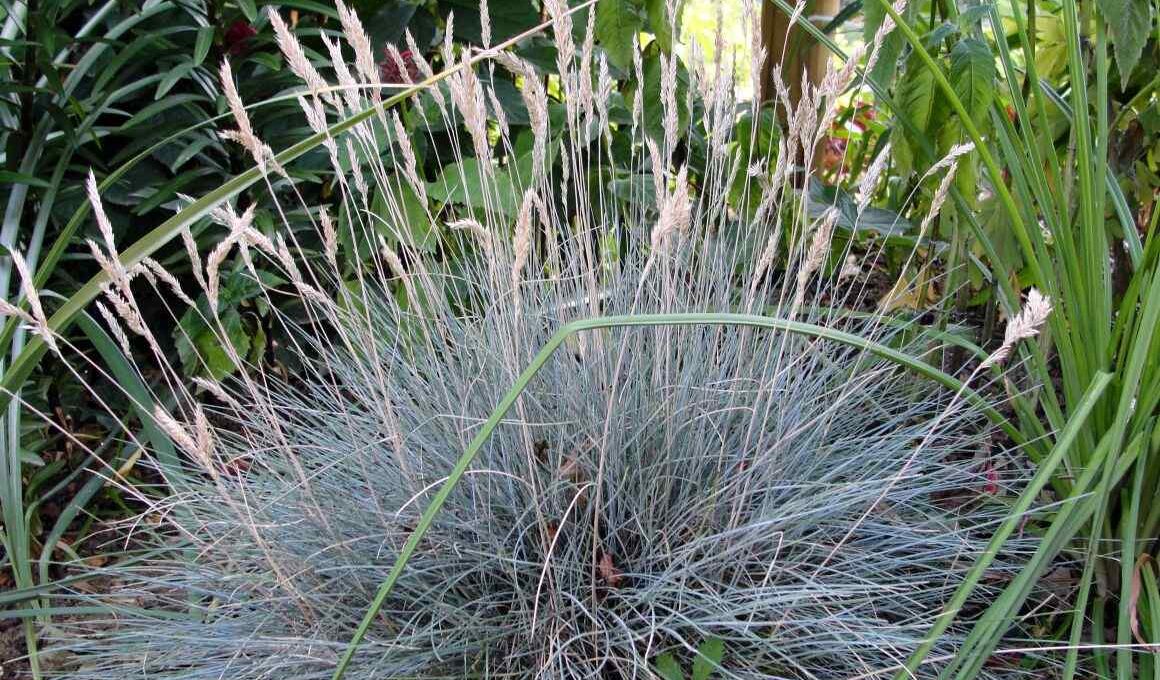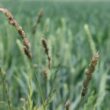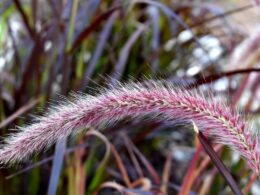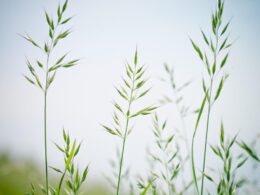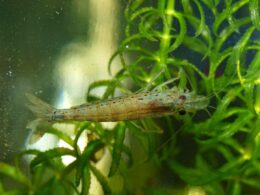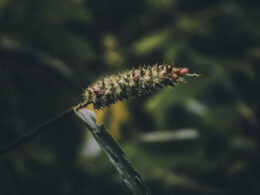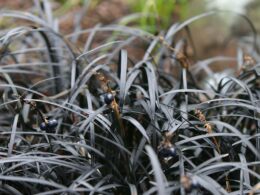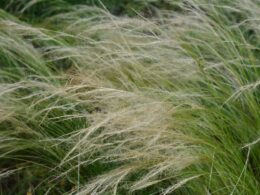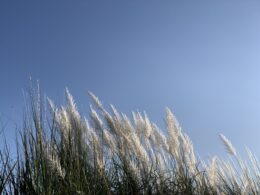What Is Blue Fescue Grass?
Blue fescue grass (Festuca glauca) is a type of perennial ornamental grass that is native to Europe. It gets its name from its blue-green leaves, which are densely packed and have a soft, silky texture. Blue fescue grass is a low-maintenance plant that is easy to care for. Blue fescue grass can be used as a ground cover or as an accent plant in gardens. It also makes a good edging plant for walkways and driveways. It has a variety of uses and can be planted in containers, rock gardens, borders, and other areas where you want to add texture or visual interest.
Festuca Glauca Appearance
Standing anywhere from 8 to 10 inches tall, and 6 to 9 inches wide, blue fescue grass is an ornamental, evergreen grass that is easily recognized by its bluish-green blades. This low-growing plant forms dense clumps of foliage with a bright silvery sheen. Each individual blade is relatively thin, and the leaves grow in a tight, compact rosette.
The flowers of blue fescue grass typically appear in the late spring or early summer. The grass gets its name from its blue-hued leaves, which are the result of a natural powdery coating.
Blue Fescue Grass Habitat and Distribution
It typically grows in nutrient-rich soils in moist areas with full sunlight exposure, often forming dense grasslands under forest canopies or along streams and rivers. Blue fescue thrives in wet habitats such as meadows, marshes, and wetlands and is often found growing alongside other types of grasses and wildflowers.
It remains a popular ornamental plant for use in gardens and other landscaping applications due to its hardiness and attractive appearance. Fescues are used as accents and specimen plants in rock gardens and front yards.
How to Care for Blue Fescue Grass?
To successfully care for blue fescue grass, you first need to understand what makes this particular type of grass unique. Blue fescue is a cool-season grass, meaning that it thrives in mild climates with cool temperatures and low rainfall. In addition, blue fescue is highly drought tolerant and resistant to damage from salt or other chemicals. With these attributes in mind, blue fescue grass is relatively low maintenance, however it still needs proper care to thrive.
Watering
Although it is tolerant of dry conditions, blue fescue grass does need some water to thrive. In hot, dry weather, the leaves may turn brown and wilt. To prevent this, water the plant deeply and regularly during periods of drought.
Fertilizing and Mulching
It is important to make sure that the soil stays moist, but not soggy. This can be accomplished by applying a light layer of mulch on top of the ground. Additionally, it is important to avoid over-fertilizing your blue fescue, as this can cause excess growth and weed growth. With proper mulching, fertilizing is not necessary.
Temperature
Temperature and soil requirements for growing blue fescue grass are fairly standard for any type of lawn grass. Blue fescue is a cool-season lawn grass, meaning that it does best in areas with relatively mild winters and moderate to warm summers. Therefore, this grass thrives in climates where the average temperatures range from 55-75 degrees Fahrenheit. The plant grows best in USDA zones 4 to 9.
Soil
In terms of soil, blue fescue prefers well-drained soil with a slightly acidic pH and plenty of organic matter. To optimize growth and ensure good plant health, it is important to maintain a consistent level of moisture in the soil while also ensuring that it does not become waterlogged.
Pruning
One important task that you will need to do in order to keep your blue fescue grass looking its best is to cut it back in the early spring. This may seem counterintuitive, but cutting the grass will actually encourage new growth. You should wait until the grass has begun to green up before you start cutting it, and be sure to use sharp blades to get a clean cut.
Blue Fescue Grass: Common Problems
This beautiful plant is susceptible to infestation by aphids. Aphids are small, pear-shaped insects that can range in color from green to brown to black. They feed on the sap of plants, causing leaves to curl and discolor. If not addressed quickly, aphids can spread rapidly through a flowerbed or lawn and cause significant damage. To avoid this problem, gardeners should be sure to keep an eye out for early signs of aphid activity and use appropriate control methods to contain the infestation quickly.
How to Plant and Grow Blue Fescue Grass From Seed?
First, choose a spot in your garden that receives partial sun. Then, prepare the soil by raking it smooth and removing any debris or rocks. Once the soil is ready, it’s time to sow the seed. To do this, simply sprinkle the seed over the soil surface and then lightly rake it in. Once the seed has been planted, water it well and keep the soil moist until the seedlings emerge. Once they’ve sprouted, you can begin to reduce watering and allow the blue fescue to establish itself. With just a little care, you’ll soon have a healthy stand of blue fescue grass in your garden.





